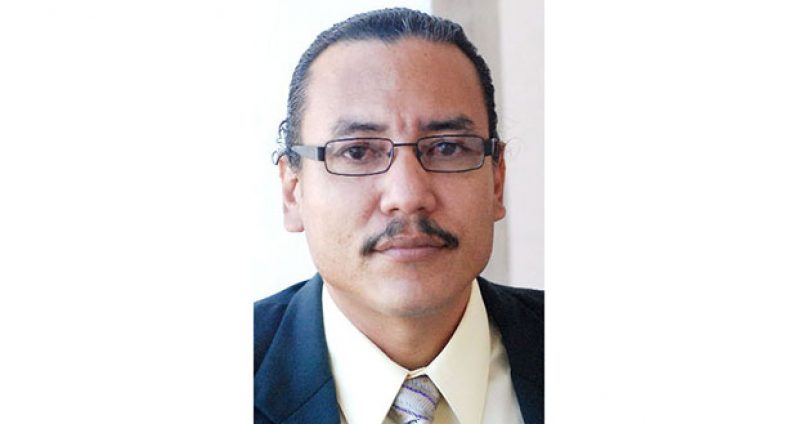By Ravin Singh
AMONG the list of recommendations made for amendments to the Amerindian Act are renaming the Act and the rights of Indigenous peoples when they come into contact with economic activities such as mining. This was revealed by Indigenous People’s Affairs Ministerial Advisor Mervyn Williams, who told this newspaper that these two recommendations, along with others which were drawn from Indigenous groups, agencies and villages across Guyana, are expected to be presented to Cabinet shortly.
He noted that since the “so-called consultations” that lead to the passage of the Amerindian Act 2006, strong views outlining the inadequacies of the existing Act have been voiced.
Having this view also, was the then Opposition who committed in the run-up to general elections to ensuring that appropriate attention was paid to the existing legislative framework. This was intended to be done with a view to ensuring that it was amended to guarantee the protection of rights of Indigenous peoples. And these amendments, he said, could not be achieved without broad-based consultations which the government has embarked on since its assumption of executive office last year.
Commenting on the lengthiness of such an undertaking, Williams noted that the consultation is a process and not an event. He then examined the genesis of the recommendations made, noting that at the first meeting of the Executive Council of the National Toshaos Council, Minister of Indigenous People’s Affairs, Sydney Allicock,had challenged the council to consult and to present recommendations for amendments to the act. The minister further encouraged them to provide these recommendations with specific reference to what needs to be achieved by these amendments.
He outlined these recommendations, highlighting that the first one is the renaming of the Act from the Amerindian Act, to the Indigenous People’s Act.
The second issue which the ministry will seek to amend had to do with the rights of Indigenous peoples, in the context of waterways flowing through their private lands. Williams explained that the Act does not empower Indigenous peoples to have a say in how these waterways are used, regardless of the impact of them on their villages and their lives.
“For instance, if there is waterway at point A and there is a waterway running through it, there are two bits of title documents that the village will get. They will receive one for the eastern bank and another for the western bank. The river essentially remains state property and miners are given permission to do river mining,” he said.
But although this economic activity benefits Guyana through the extraction of natural resources, the ministerial advisor highlighted that there are consequences which accompany those activities. And those consequences, he added, cannot be averted under any legislative provision at the moment, since Indigenous peoples have no legal authority over the rivers and its uses.
With this existing situation, he disclosed that environmental and mining considerations have to find themselves within the reworked legislation, to allow for the expression of the voice and protection of rights of Indigenous peoples.
“Any amendment made has to find a balance between economic activities and rights of the people,” Williams said.
The third possible amendment, he revealed, has to do with what is considered to be a subjective provision in the Act; this involves the issuing of mining permits by the Guyana Geology and Mines Commission (GGMC).
Williams explained that there is a provision in the Act that states that GGMC has to satisfy itself that the impact of mining in a river is not going to be harmful to the environment. However, he noted that scores of Indigenous peoples from across Guyana have made representation to the ministry, protesting the arbitrary and subjective nature of this provision.
“This is because a mining officer might conclude that the mining operation is not harmful to the environment, but that might be the only source of food for a village” he said, referencing the village of Paurima in Region Seven as an example.
In this village, he said, the people hardly rely on wild meat, and depend heavily on fish. This underscores the importance of the river to them. He questioned that if the river were to become polluted from mining activities, where would the villagers be likely to source fish from.
“If the life of a village relies on drinking water from a river and sediments are stirred up there all day due to mining activities, what will the villagers drink?” the advisor questioned rhetorically.
As such, he deemed these considerations to be of great importance to not only the Indigenous peoples, but to the development of Guyana, given the broader implications.
“So there has to be a wider consultation process that speaks to a wider national interest, with more telling adjustments to benefit the both the indigenous peoples and the country” he said.



.jpg)








